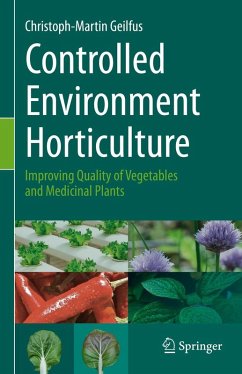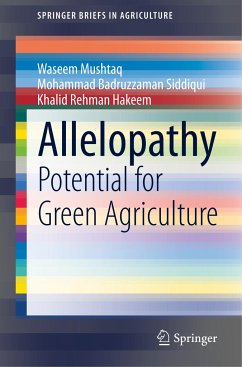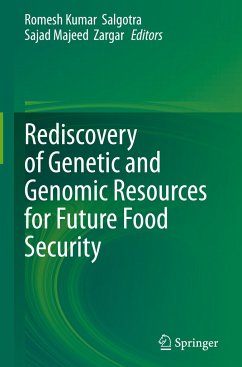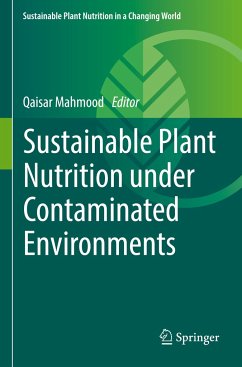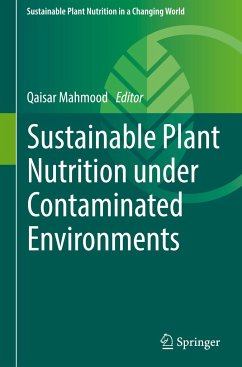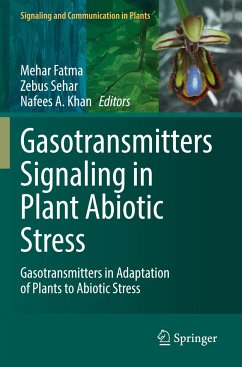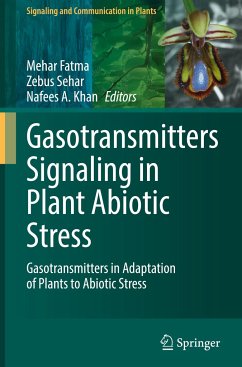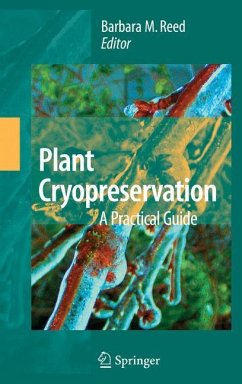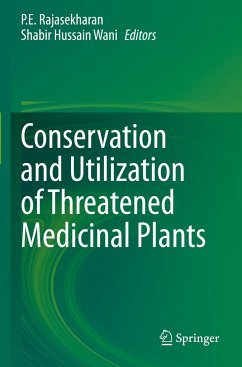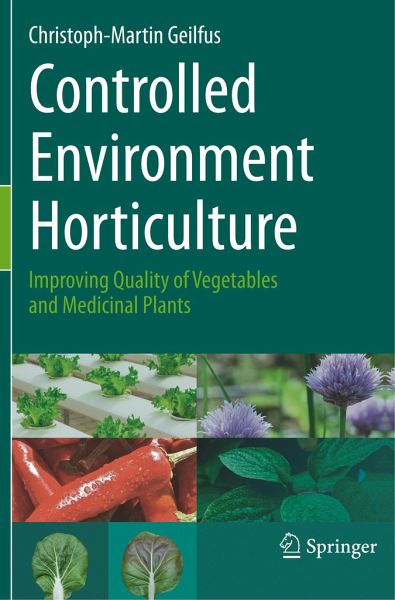
Controlled Environment Horticulture
Improving Quality of Vegetables and Medicinal Plants
Versandkostenfrei!
Versandfertig in 6-10 Tagen
36,99 €
inkl. MwSt.
Weitere Ausgaben:

PAYBACK Punkte
18 °P sammeln!
An understanding of crop physiology and ecophysiology enables the horticulturist to manipulate a plant's metabolism towards the production of compounds that are beneficial for human health when that plant is part of the diet or the source of phytopharmaceutical compounds.The first part of the book introduces the concept of Controlled Environment Horticulture as a horticultural production technique used to maximize yields via the optimization of access to growing factors. The second part describes the use of this production technique in order to induce stress responses in the plant via the modu...
An understanding of crop physiology and ecophysiology enables the horticulturist to manipulate a plant's metabolism towards the production of compounds that are beneficial for human health when that plant is part of the diet or the source of phytopharmaceutical compounds.
The first part of the book introduces the concept of Controlled Environment Horticulture as a horticultural production technique used to maximize yields via the optimization of access to growing factors. The second part describes the use of this production technique in order to induce stress responses in the plant via the modulation of these growing factors and, importantly, the way that this manipulation induces defence reactions in the plant resulting in the production of compounds beneficial for human health. The third part provides guidance for the implementation of this knowledge in horticultural production.
The first part of the book introduces the concept of Controlled Environment Horticulture as a horticultural production technique used to maximize yields via the optimization of access to growing factors. The second part describes the use of this production technique in order to induce stress responses in the plant via the modulation of these growing factors and, importantly, the way that this manipulation induces defence reactions in the plant resulting in the production of compounds beneficial for human health. The third part provides guidance for the implementation of this knowledge in horticultural production.



